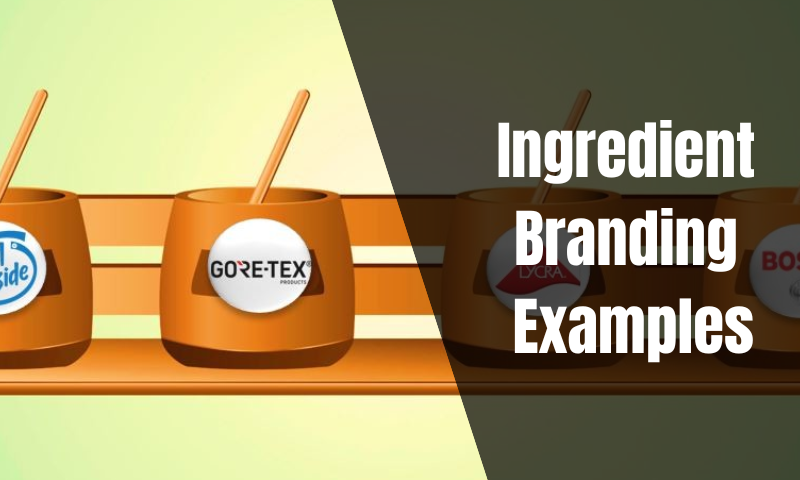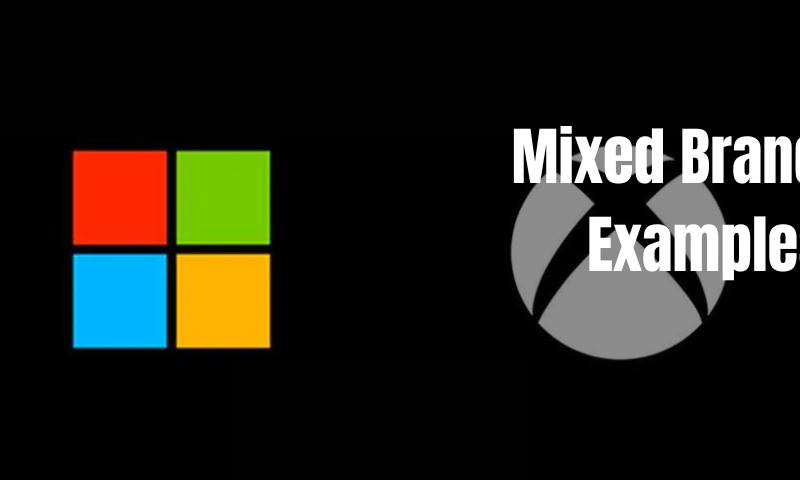
What is Online Reputation Management (ORM)?
The internet’s global outreach has enabled users to access multiple types of information about a brand with a single click. This has made it easy for users to judge whether they want to opt in or out of a particular brand’s subscription. In today’s digitally empowered world, getting listed on the first page of Google is considered a success as users generally engage with businesses listed on the top. The internet at present has become more than just a source of information. Therefore, looking good on the internet to stay connected with the user is an imperative factor. This is where ORM or Online Reputation Management helps marketers.
Online reputation management is the practice of structuring a brand’s reputation on the internet by displacing misleading content, uploading trending content, and making it visible through the help of other internet algorithms. It is necessary for a brand to display or provide correct solutions for the user’s queries. If the questions are not resolved, a user may not trust the brand for their requirement, and this leads to negative comments on the brand, which are then marked by the internet algorithms. This impacts negatively on the brand’s reputation as it brings the brand down from the top search results giving space for the competitors to take its place among the top.
Online reputation management manages the brand by organizing its digital structure, uploading the correct information, linking the right pages, counteracting misleading data, and providing a brand’s best image to the user. The internet is a global village that brings together friends and enemies in one place. This is a cause of concern as strangers and competitors can give a brand, a bad reputation.
Typically, ORM functions through four main media channels. Marketers and branding agencies in Delhi and around the country must have a thorough knowledge of these to make the best use of them.
They are:
- Paid media
- Earned media
- Shared media
- Owned media
Now let us go through them in detail and understand them:
Paid Media:
Paid media consists of any form of online content that requires payment to feature a brand. It involves the usage of Google Ads, social media ads, sponsored posts, and promotions by influencers. Though expensive, paid media is beneficial because marketers have full control over the narrative.
Earned Media:
Earned media is the coverage a brand receives from third-party platforms without payment. Examples of this include:
- Press coverage
- Blog posts on other websites
- Forums
- Industry-specific third-party listings
- Review sites outside of the company’s control
Businesses can get earned coverage organically through reviews, online listings, etc. But sometimes they need to reach out to publications and influencers to get social and press coverage, etc. Earned media can shine a positive light on the brand and create trust with online visitors.
Shared Media:
Shared media is any content about a brand posted on social media. Whether that content is from the brand’s account or someone else’s. Unaddressed complaints, negative comments, and low ratings on shared media channels can all seriously harm the company’s reputation and turn off potential customers. So, marketers should pay attention to what’s happening on social media accounts the same way they would pay attention to customer comments inside a brick-and-mortar establishment.
Owned Media:
Owned media is any media that can be controlled, like the company website or blog. Marketers can help control the reach of owned media platforms by improving the rankings on Google. This can be done by creating relevant, useful content for the audience and targeting branded keywords. Additionally, optimizing for on-page SEO factors and getting backlinks from authoritative sites in the industry. Moreover, managing the brand presence in local search results can be useful. By following SEO best practices, marketers have a better chance of ranking higher on Google. This way, users will see valuable content from the brand when they search for keywords related to the brand.
Needless to say, while marketers cannot directly control what others think about them, they can influence their perception through strategic reputation management efforts. The control over the reputation lies in managing what people see and how they perceive the brand. This involves:
- Online Presence: By monitoring and interacting with websites, social media, and other online platforms one can manage the online presence.
- Content Creation: Creating and promoting positive content that highlights the brand’s achievements, expertise, and values is the key. This involves making blog posts, articles, videos, social media updates, and other content that supports these facts.
- Engagement: This includes engaging with the online audience, customers, and stakeholders by replying to comments and reviews and participating in industry discussions.
- Crisis Preparedness: This means developing a comprehensive crisis management plan to effectively handle negative events or crises that may impact the brand’s reputation. Swift and transparent communication while taking responsibility when necessary, and implementing corrective measures are all included in this point.
- Continuous Monitoring: This means regularly monitoring a brand’s online presence, including social media mentions, reviews, news articles, and other relevant sources of information. This makes it easier for the brands to identify and eliminate potential reputation risks quickly.



